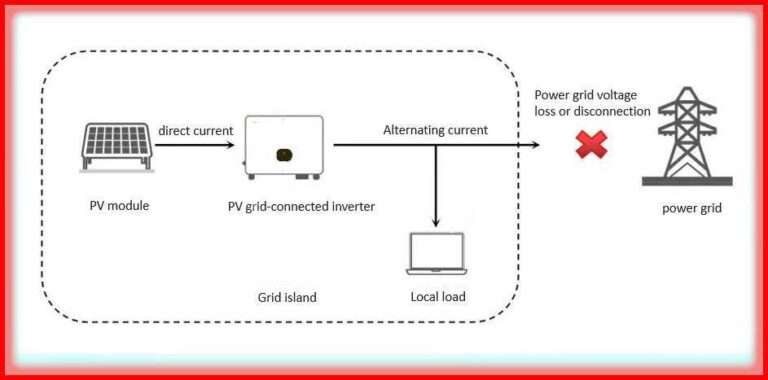Kyoto Agreement vs Paris Agreement: A Comprehensive Overview
Let’s take a deep dive into the Kyoto Agreement vs Paris Agreement, two essential worldwide treaties that take at the pressing problem of climate exchange. Although their common intention is to fight worldwide warming, these agreements appoint pretty distinct methods and necessities.

In this post, we’ll discover a side-by-side evaluation of the Kyoto Agreement vs Paris Agreement, uncovering what sets them apart, and delving into a few lesser-acknowledged elements of each treaty.
Table of Contents
Kyoto Agreement vs Paris Agreement: Key Differences
Legal Nature: The Kyoto Agreement, additionally referred to as the Kyoto Protocol, made its grand front in 1997 as a legally binding treaty below the United Nations Framework Convention on Climate Change (UNFCCC). It meant commercial enterprises, imposing mandatory emission discount targets, particularly on evolved nations.
In assessment, the Paris Agreement, born in 2015, has an extra laid-back vibe. It’s not a legally binding settlement and is based on voluntary commitments from international locations. No felony shackles here.
Emission Reduction Targets: Under the Kyoto Agreement, developed nations, often known as Annex I parties, were assigned unique emission reduction objectives. These objectives had been tailored to each u. S . Primarily based on their historical emissions.
The Paris Agreement, however, delivered a build-your-very-own approach. Each country determines its personal voluntary emissions reduction objectives, known as Nationally Determined Contributions (NDCs). This way, it is lots more flexible and open to each person’s participation.
Global Participation: The Kyoto Agreement became one of a kind, primarily that specializing in evolved nations. Developing nations got an unfastened bypass whilst it got here to mandatory emission cuts. This department caused disparities and challenges.
The Paris Agreement, then again, determined to throw an open-invite celebration. It’s all-inclusive, inviting each United States, whether or not developed or growing, to publish their NDCs and join inside the worldwide attempt to combat weather alternate. Inclusivity is the name of the sport. .
Market Mechanisms: Kyoto introduced some market magic into play. It brought marketplace-based total mechanisms like the Clean Development Mechanism (CDM) and Emissions Trading to facilitate emission reductions. These mechanisms allowed nations to trade carbon credit.
The Paris Agreement isn’t always pretty as express. It does not lay down the marketplace policies. Instead, it encourages international locations to engage in worldwide cooperation, along with marketplace-primarily based techniques, but leaves the choice as much as them.
Adaptation and Finance: The Paris Agreement gives adaptation to climate change a the front-row seat. Developed nations decide to supplying monetary assistance to growing international locations for each edition and mitigation efforts. While the Kyoto Agreement had its financial provisions, it did not region as a good deal emphasis on version as the Paris Agreement.
Facts on Kyoto Agreement vs Paris Agreement
Entry into Force: Here’s an interesting nugget – the Kyoto Protocol failed to get into action till 2005, several years after its adoption. Why? Well, it had to clean a few ratification hurdles, and there have been various delays earlier than it hit that milestone.
Carbon Market Innovations: Kyoto changed into a recreation-changer within the carbon market world. It introduced the concept of carbon credits, which are still widely used these days in emissions buying and selling systems throughout the globe.
Legacy of Flexibility: Paris failed to leave Kyoto’s flexibility at the door. It inherited a number of it, like allowing international locations to carry over carbon credits from the Kyoto generation.
Subnational Engagement: Under the Paris Agreement, subnational entities inclusive of towns and states have end up active players in the climate movement scene. This showcases a extra decentralized method, not like the top-down shape of the Kyoto Protocol.
Loss and Damage: The Paris Agreement recognized the idea of loss and damage, addressing the want to aid developing countries in dealing with climate affects they cannot adapt to or mitigate. It’s like having a safety net for while things move awry.
In a nutshell, the Kyoto Agreement vs Paris Agreement are like two siblings with wonderful personalities. Kyoto changed into the stern, rule-oriented older sibling, even as Paris is the adaptable, all-inclusive more youthful sibling.
Both have their roles within the international combat towards weather change, reflecting our ever-evolving knowledge of the need for collective movement. So, which one do you watch is making a bigger impact? Share your mind in the comments!
Follow us on LinkedIn”Electrical Insights” to get the latest updates in Electrical Engineering. You can also Follow us on LinkedIn and Facebook to see our latest posts on Electrical Engineering Topics.
Worth Read Posts
- The Kyoto Protocol 1997
- Carbon Credits
- Plant Factor, Plant Capacity Factor, and Load Factor
- Difference Between Demand Factor and Diversity Factor
- Buck Converter Interview Questions
- DC DC Converter Interview Questions
- Transformer Electrical Interview
- Top 30 Op Amp Interview Questions
- Power Electronics Interview Questions





